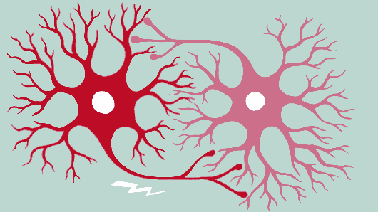EPFLx: Neuronal Dynamics
The activity of neurons in the brain and the code used by these neurons is described by mathematical neuron models at different levels of detail.

- Certification
- Certificate of completion
- Duration
- 7 weeks
- Price Value
- $ 179
- Difficulty Level
- Advanced





